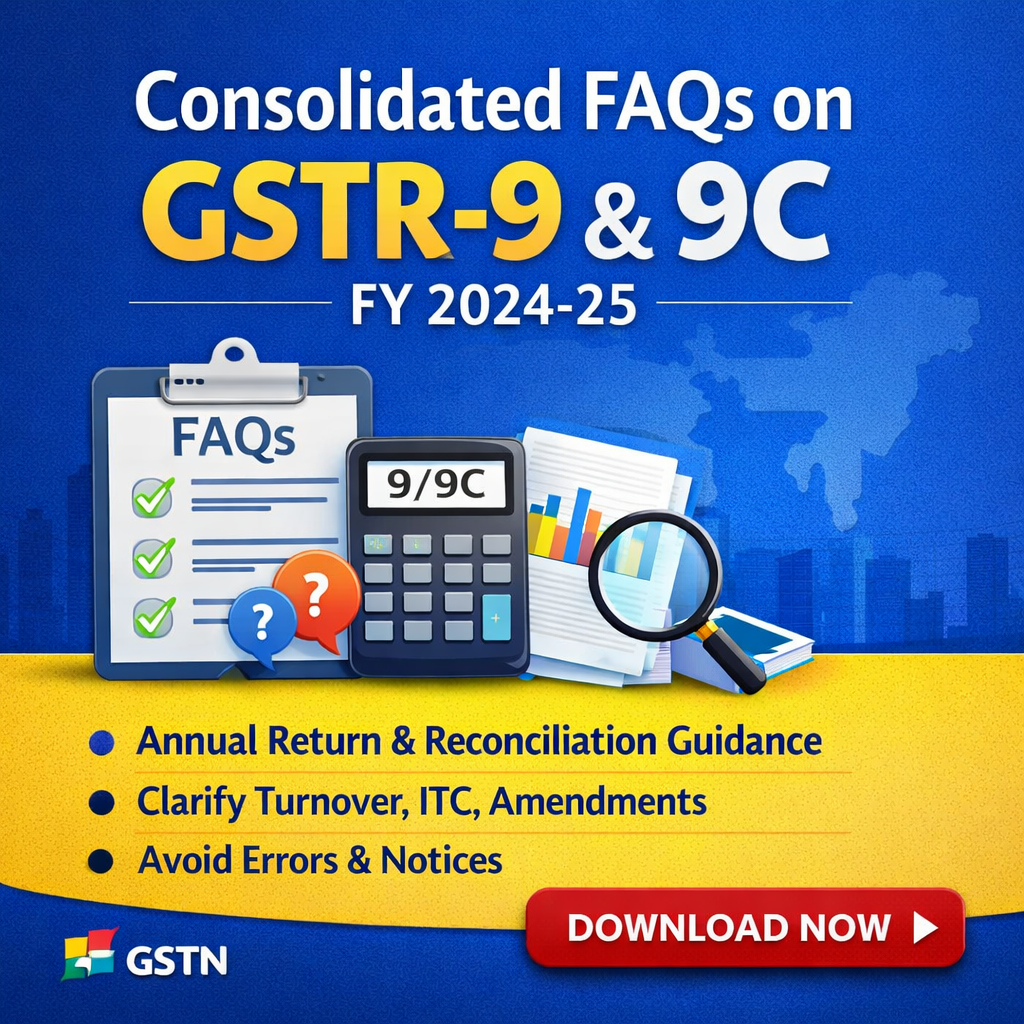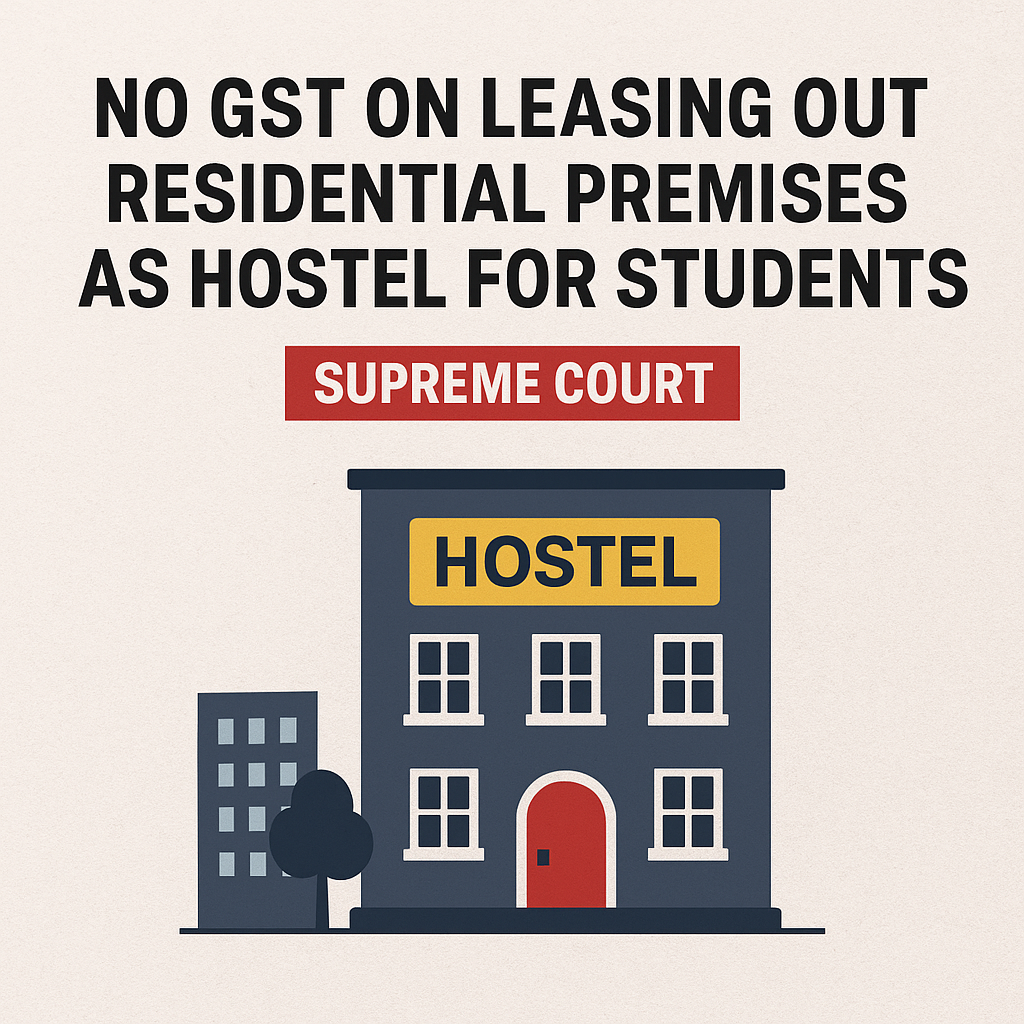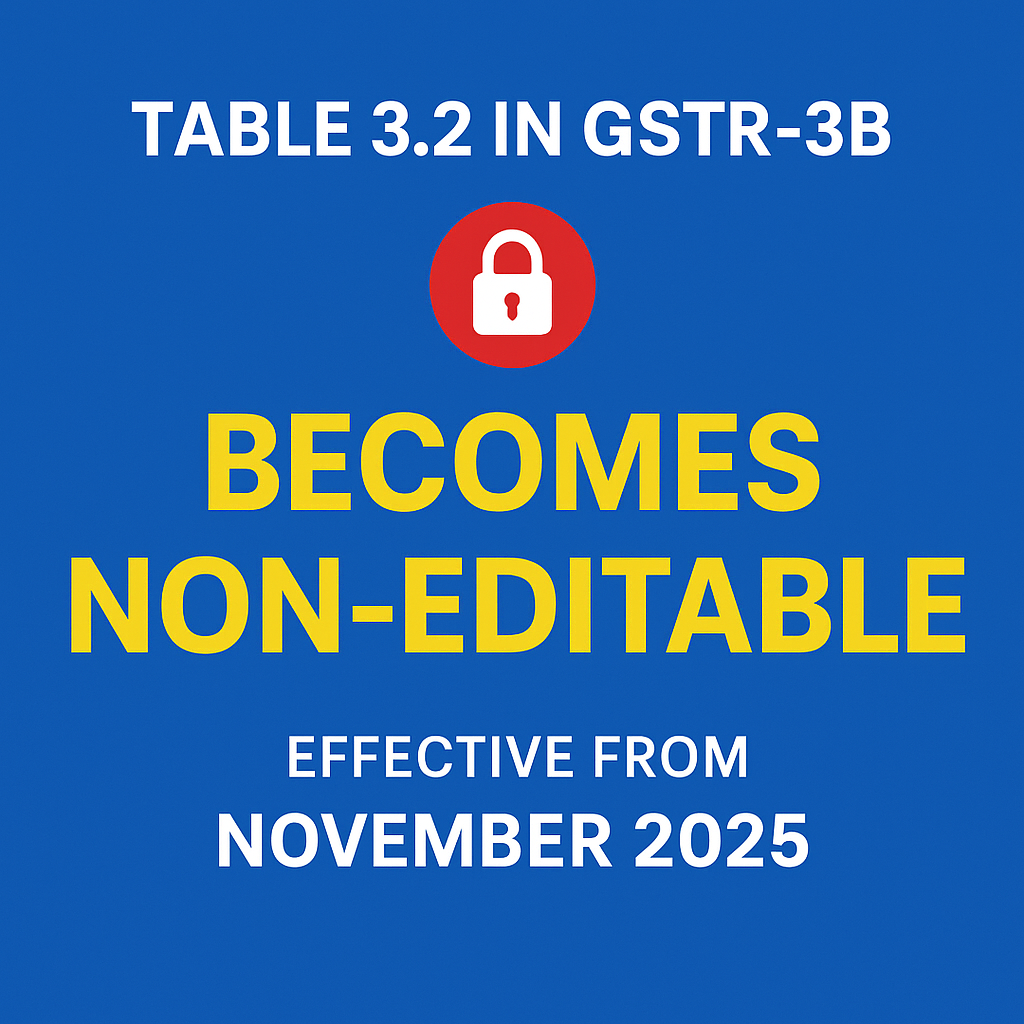The Goods and Services Tax (GST) was rolled out by the Union Government in July 2017 with the objective of consolidating multiple state and central indirect taxes such as VAT, excise duty, and service tax. This landmark reform replaced a fragmented tax system with a single nationwide levy, substantially easing compliance requirements and reducing paperwork for businesses. By integrating various levies into one structure, GST brought greater uniformity to indirect taxation across India.
Why GST is important for India
Prior to GST, the movement of goods across states was often disrupted by varied tax regimes and numerous check posts. The introduction of GST eliminated these inefficiencies by subsuming major indirect taxes and establishing a common national market. A key benefit of this system has been the uninterrupted availability of Input Tax Credit (ITC), which lowered cascading taxes for manufacturers and helped reduce costs for end consumers.
GST has also accelerated the shift towards technology-based compliance. Processes such as online registration, e-way bills, and digital return filing have contributed to the formalisation of the economy. This transition has widened the tax base, improved transparency, and enhanced accountability. A simplified and standardised tax structure has also helped check tax evasion, ensured steadier revenue inflows, and strengthened supply chains across sectors.
High expectations from GST despite rate rationalisation
Significant reforms were announced at the 56th GST Council meeting. The earlier four-rate structure—5%, 12%, 18%, and 28%—was streamlined into two principal slabs of 5% and 18%, along with a separate 40% rate for luxury and demerit goods. In addition, GST rates on several essential and FMCG products were reduced. Many items earlier taxed at 12% or 18% were shifted to the 5% slab, while several consumer durables and electronic goods moved from 28% to 18%. Small cars and motorcycles with engine capacity below 250cc were also brought down to the 18% rate.
Even after these reductions, GST revenues have shown resilience. In November 2025, collections stood at ₹1,70,276 crore, registering a 0.7% year-on-year increase. Between April and November 2025, cumulative gross GST collections amounted to ₹14,75,488 crore, reflecting a healthy annual growth of 8.9%, even after the implementation of GST 2.0 in September 2025.
Relevance for Budget 2026
GST revenue trends serve as a reliable barometer of economic activity, capturing patterns in consumption and business performance. At the same time, lower GST rates leave more disposable income in the hands of consumers, encouraging spending—an important factor in a consumption-led economy like India.
From a fiscal perspective, GST collections have a direct bearing on government expenditure. Any shortfall in expected GST revenue could complicate efforts to meet fiscal deficit targets, unless offset by alternative revenue streams or higher borrowing.
Following the September 2025 rate cuts, demand for consumer goods and automobiles picked up sharply, supported by festive-season spending. This momentum was reflected in GDP growth, which rose to 8.2% in the second quarter after recording 7.8% growth in the first quarter, outperforming expectations.
In sum, GST rate rationalisation has acted as a stabilising force for the Indian economy at a time of global uncertainty, geopolitical risks, and trade-related challenges.










